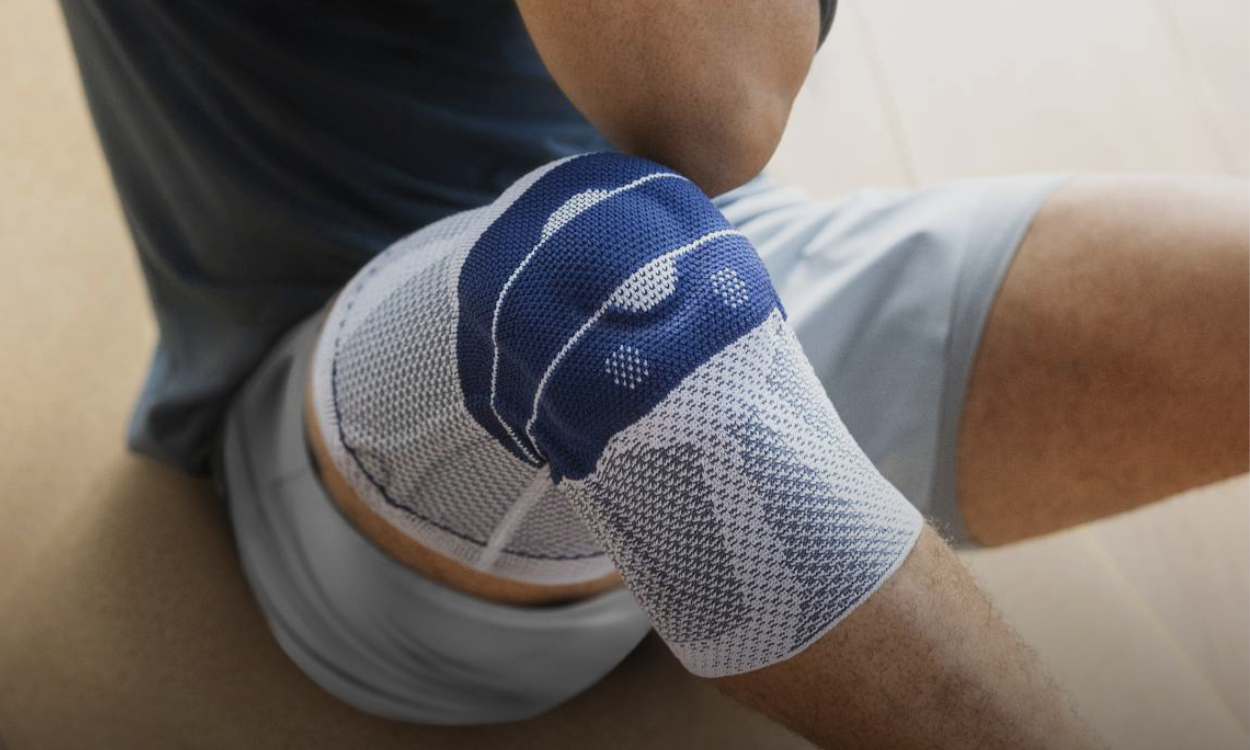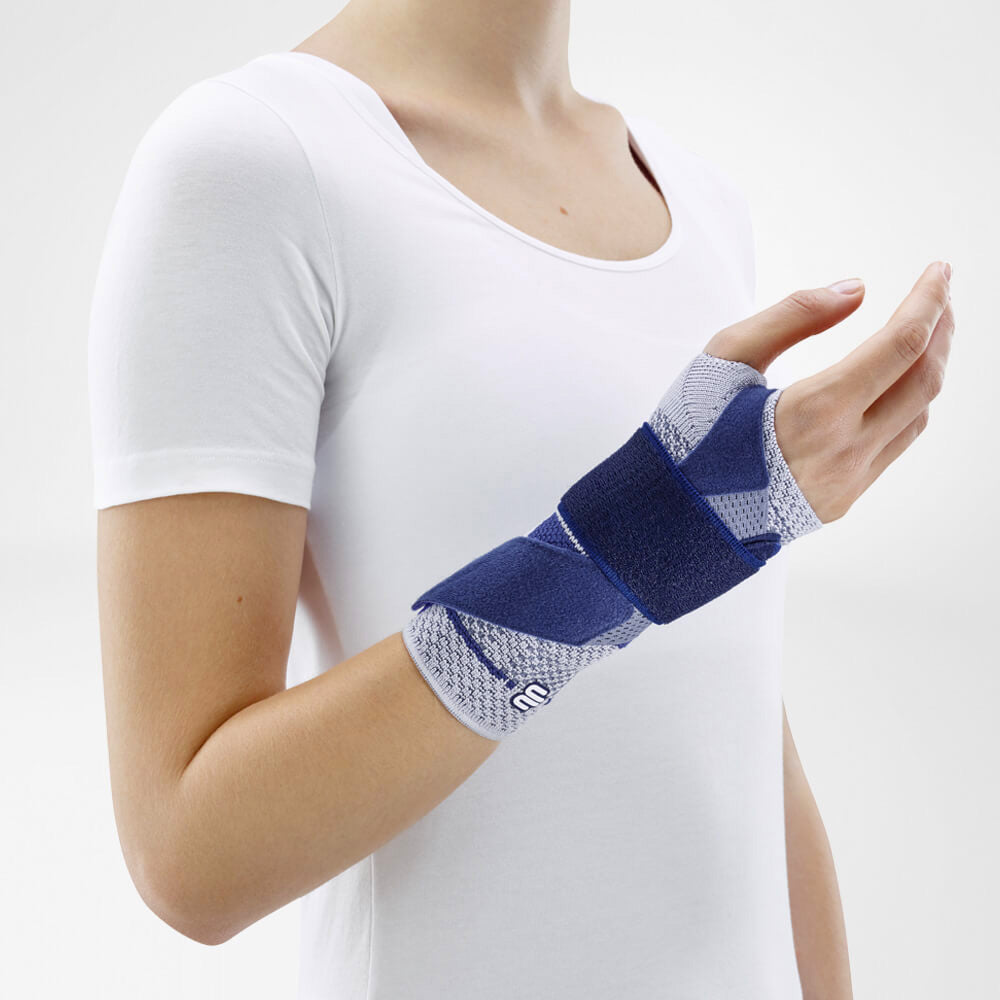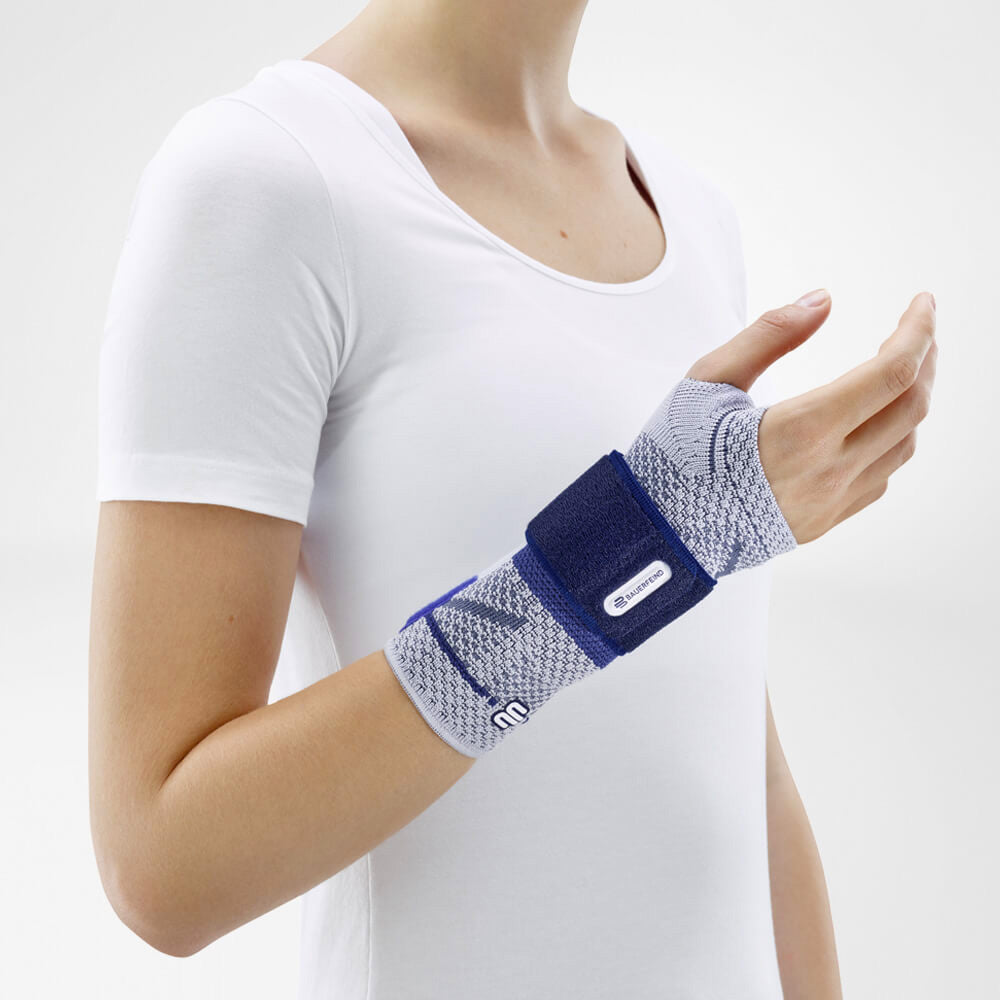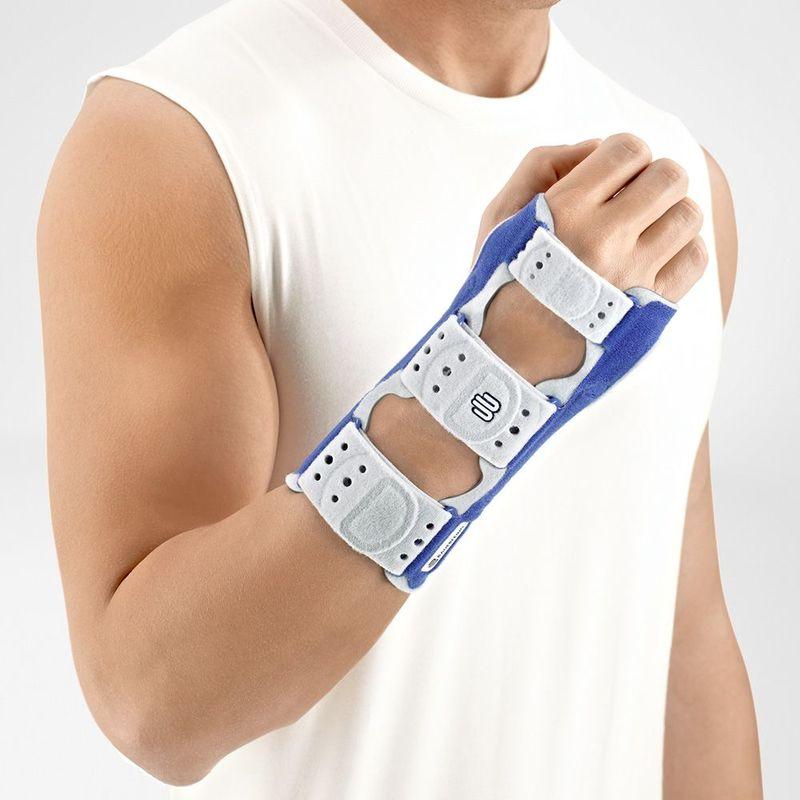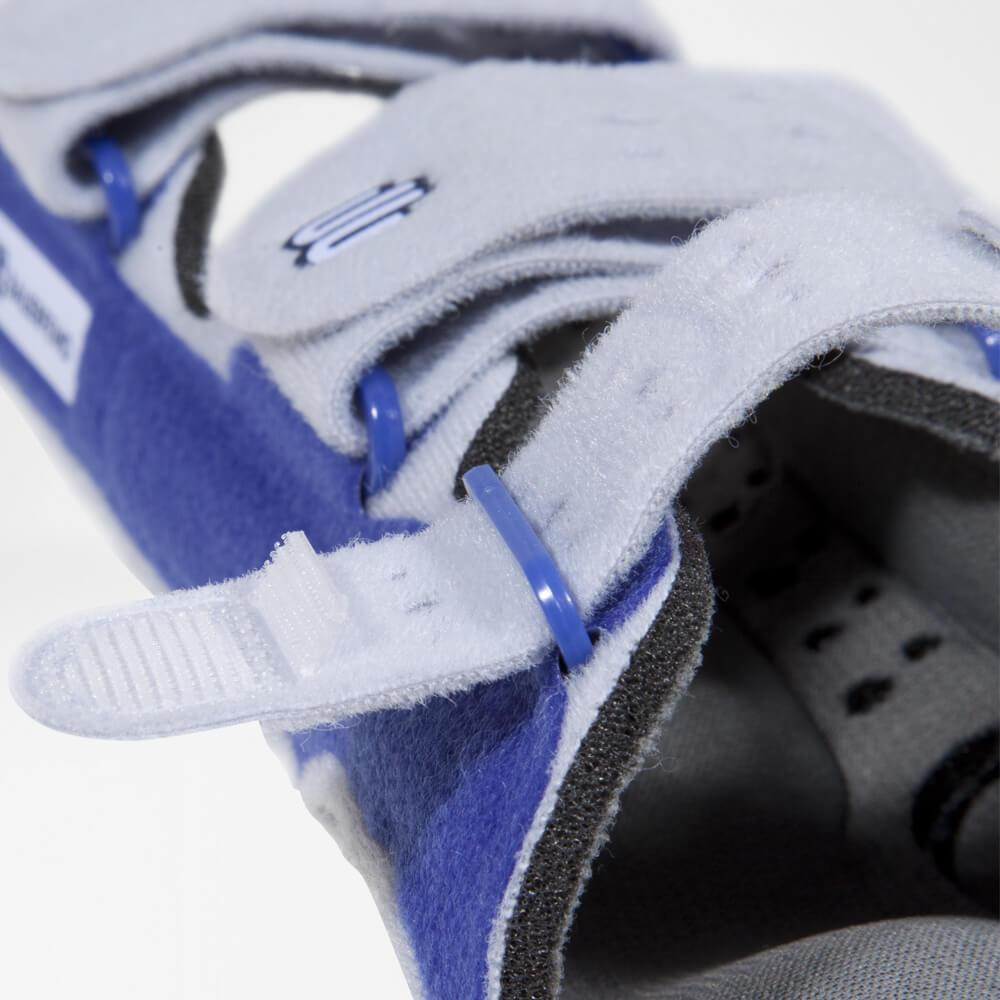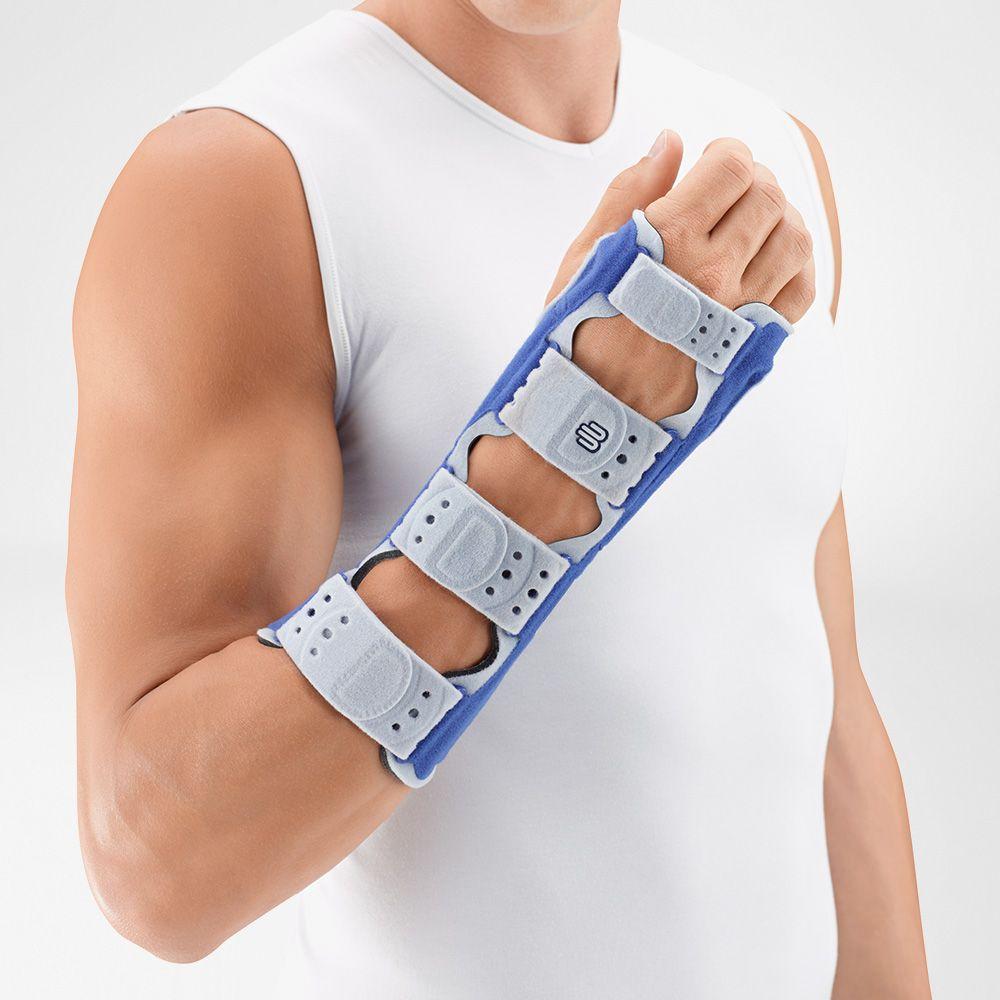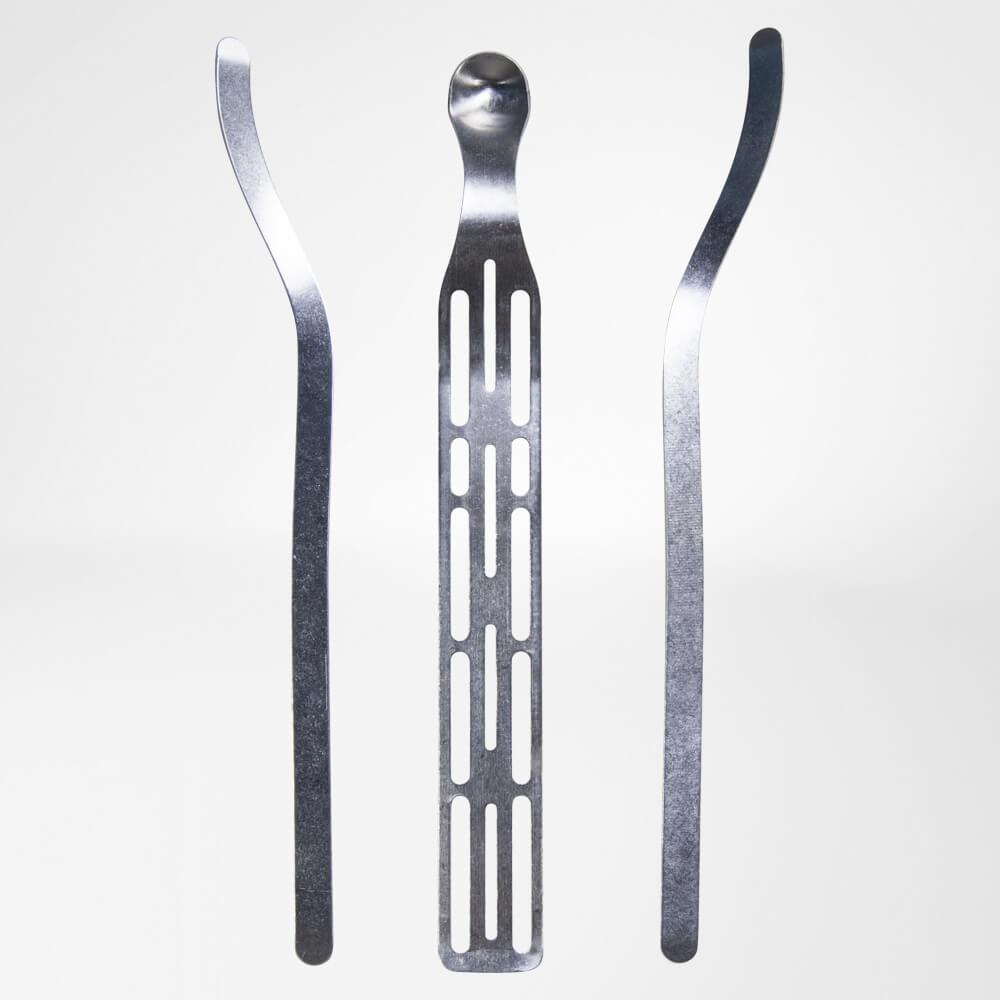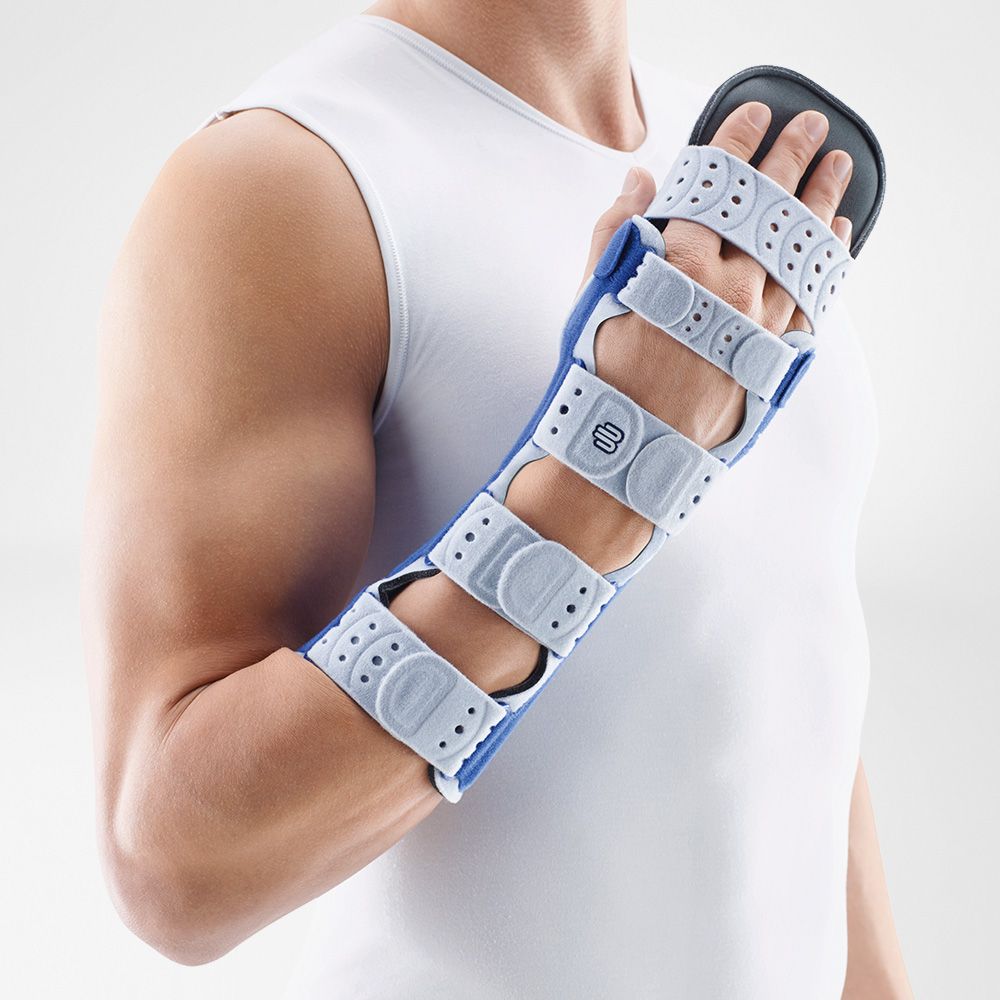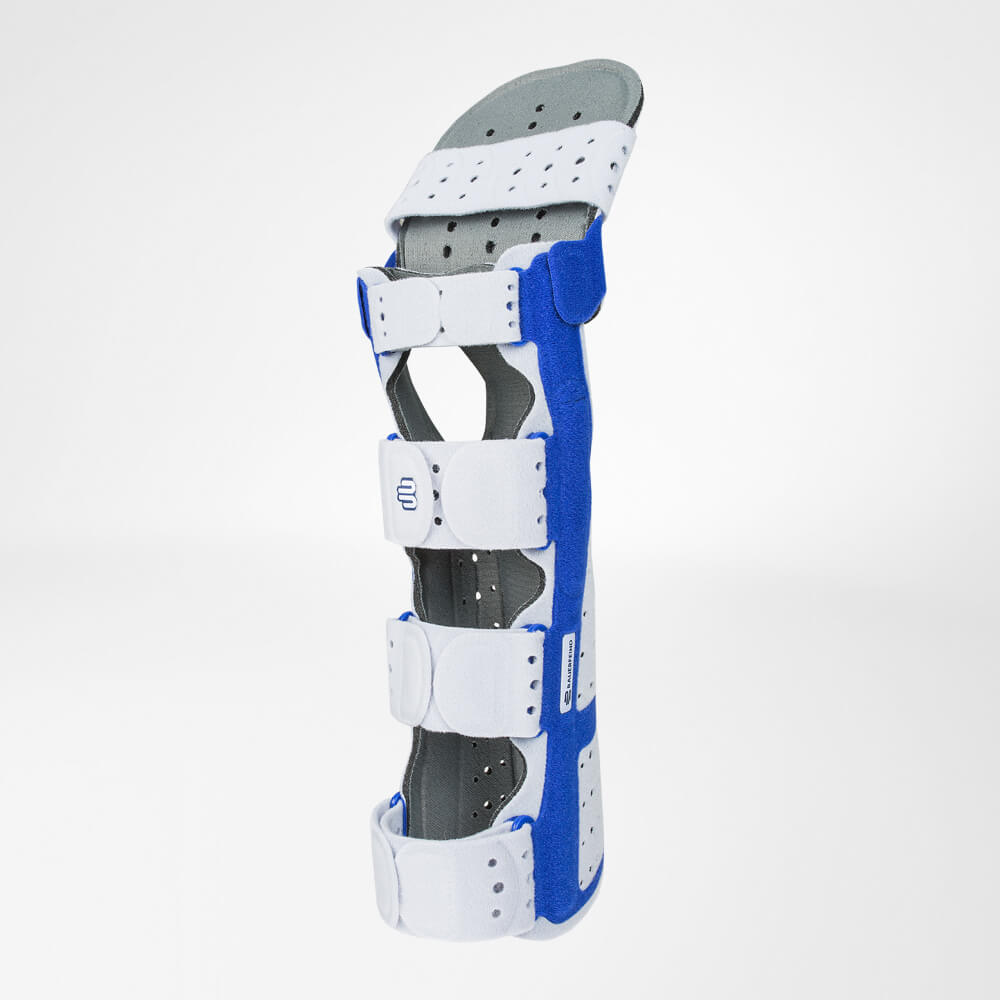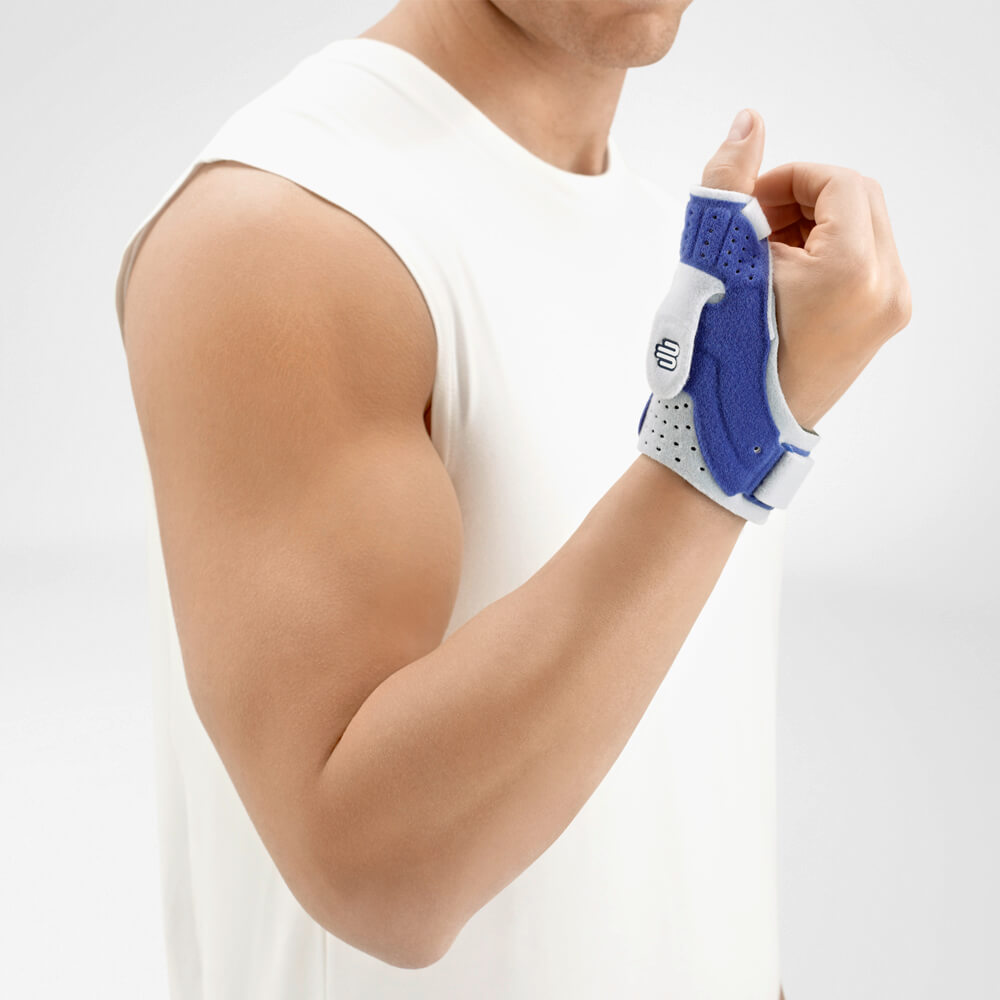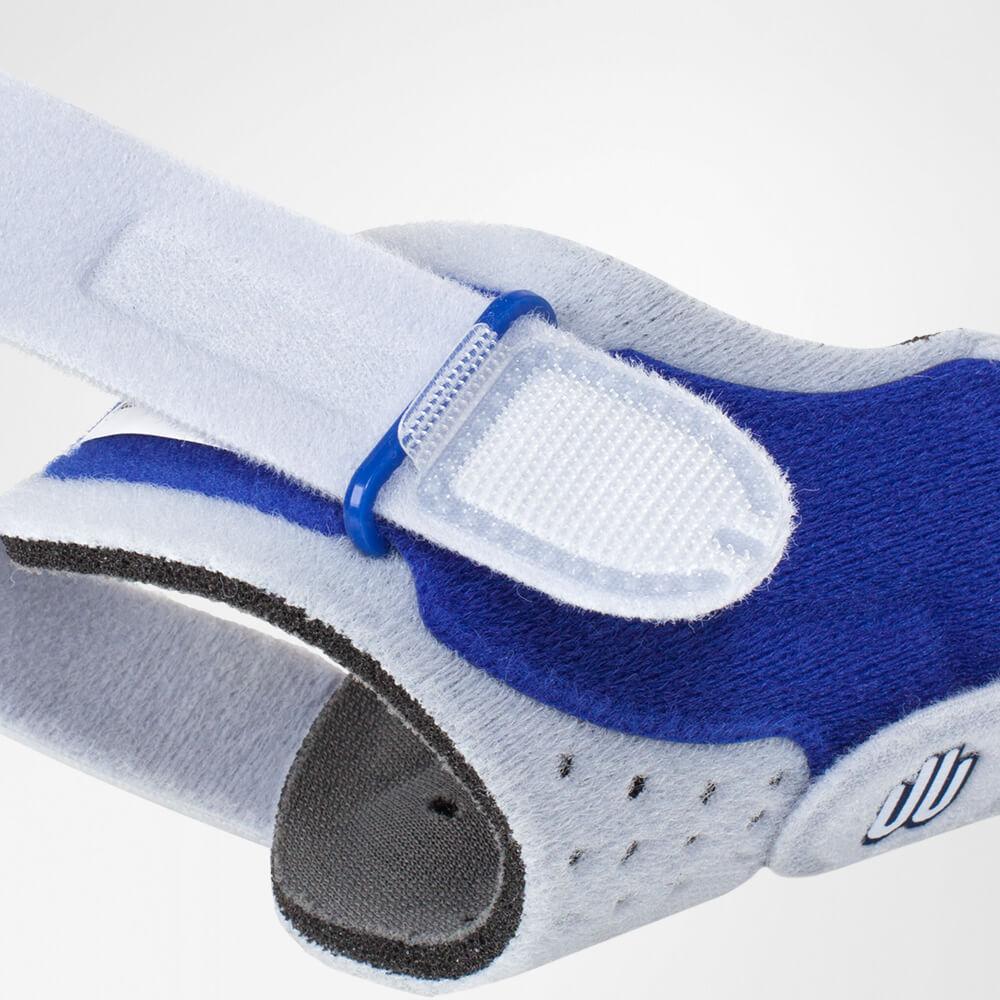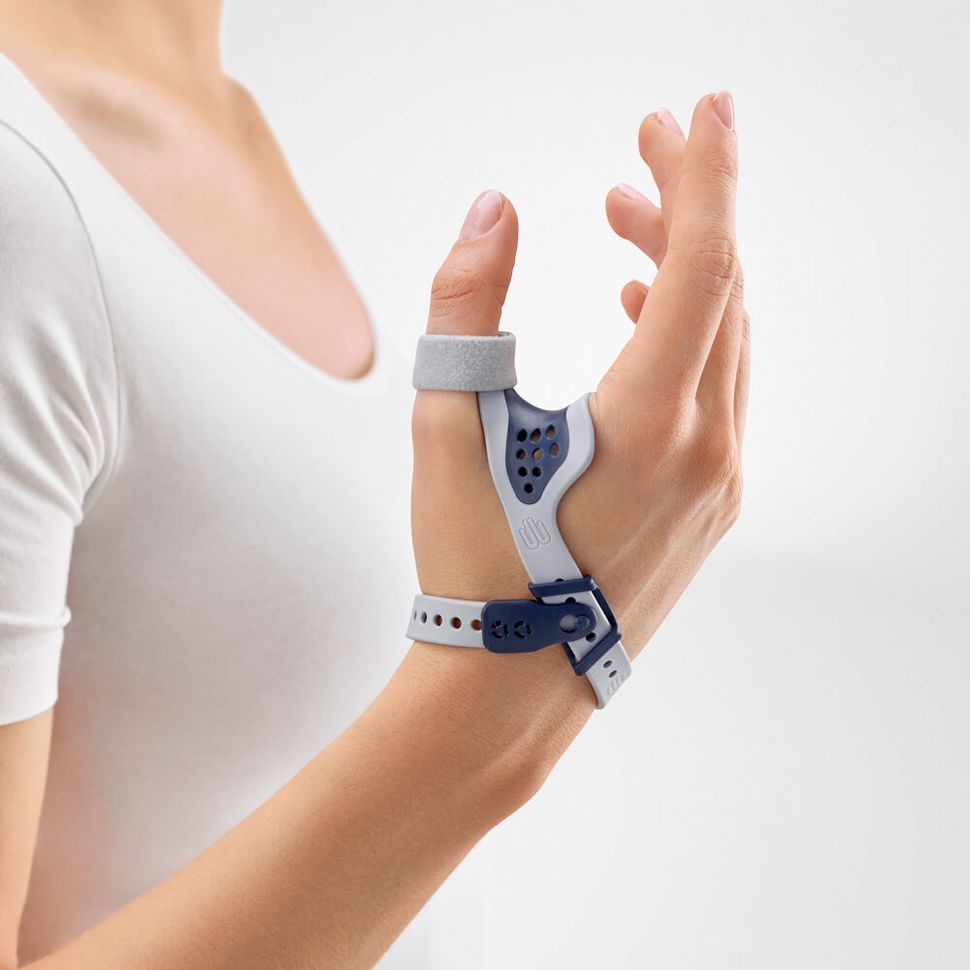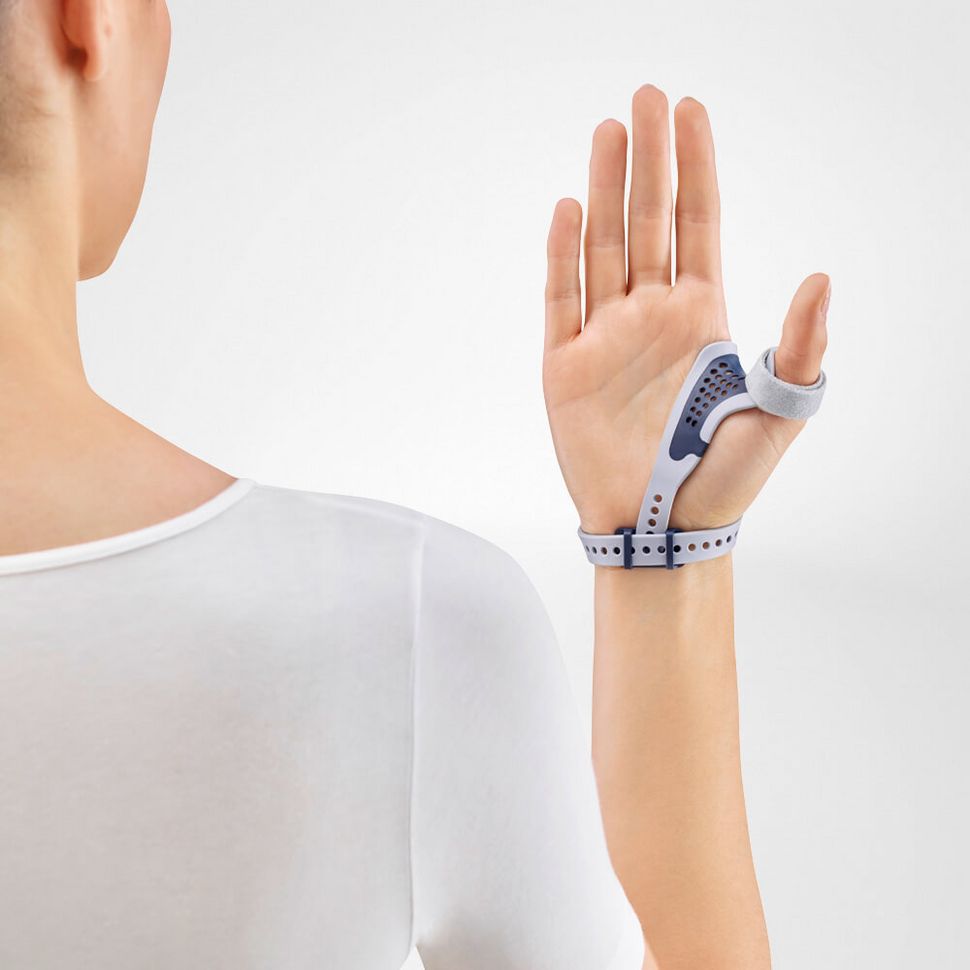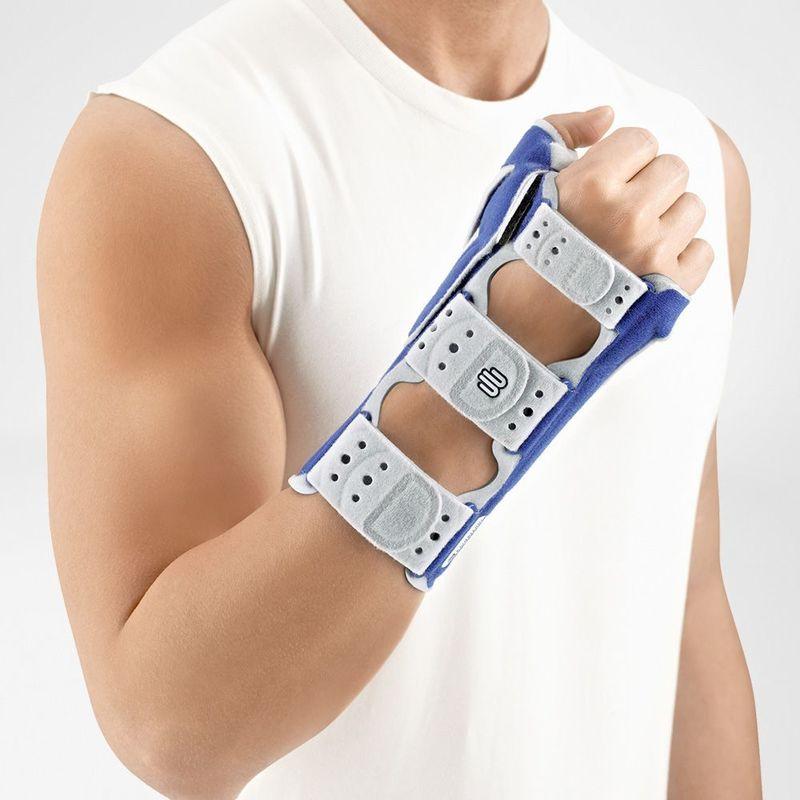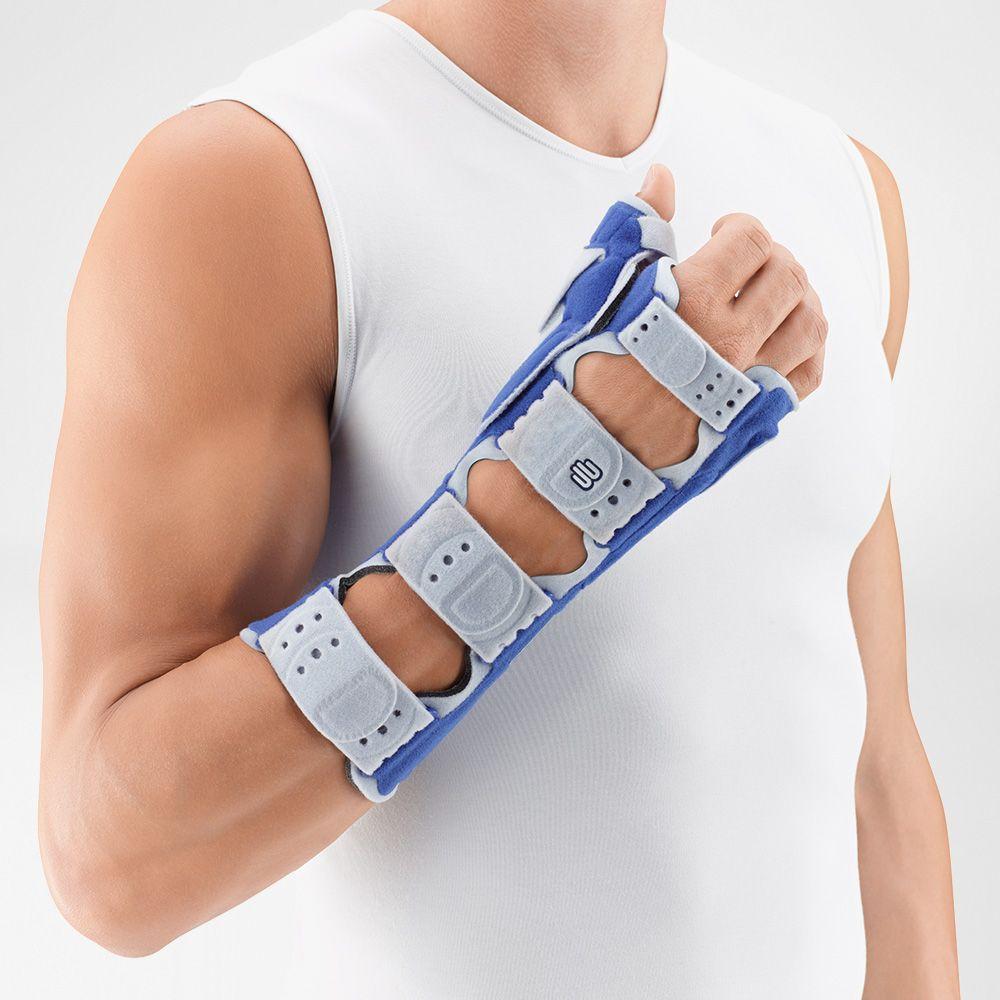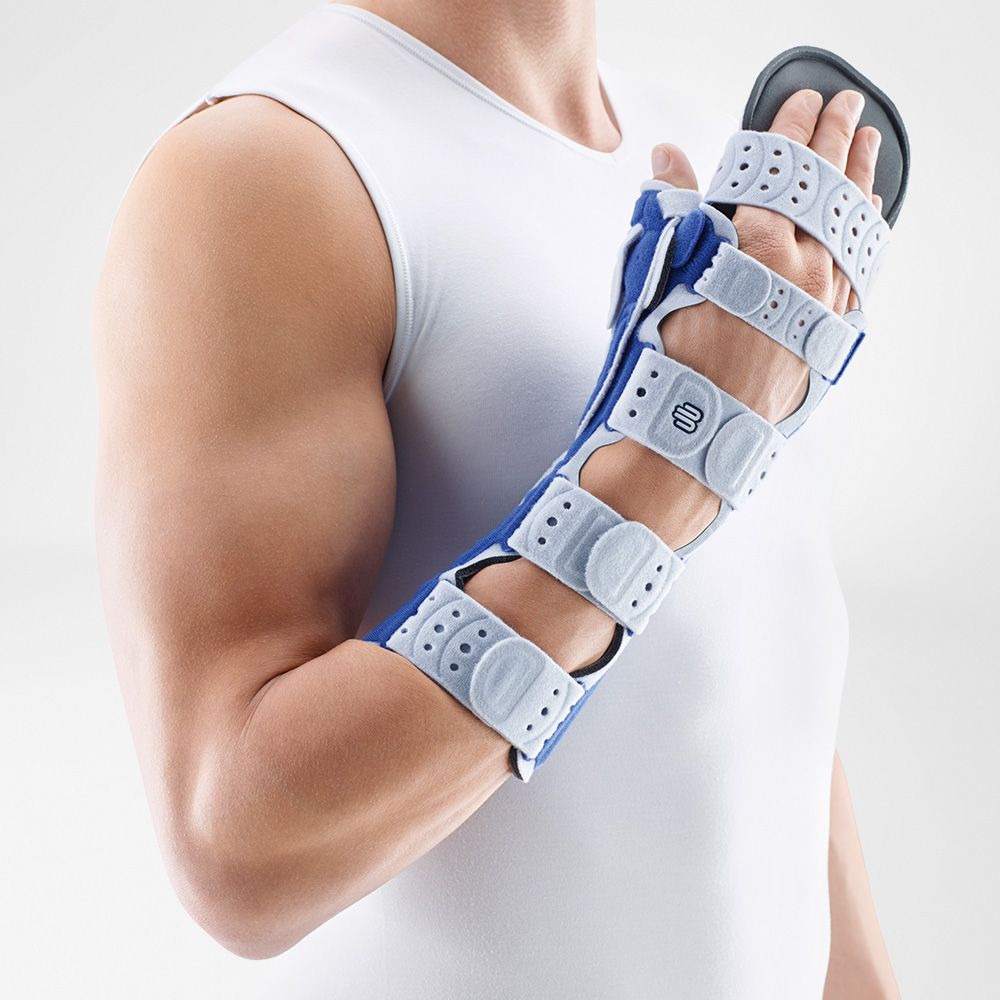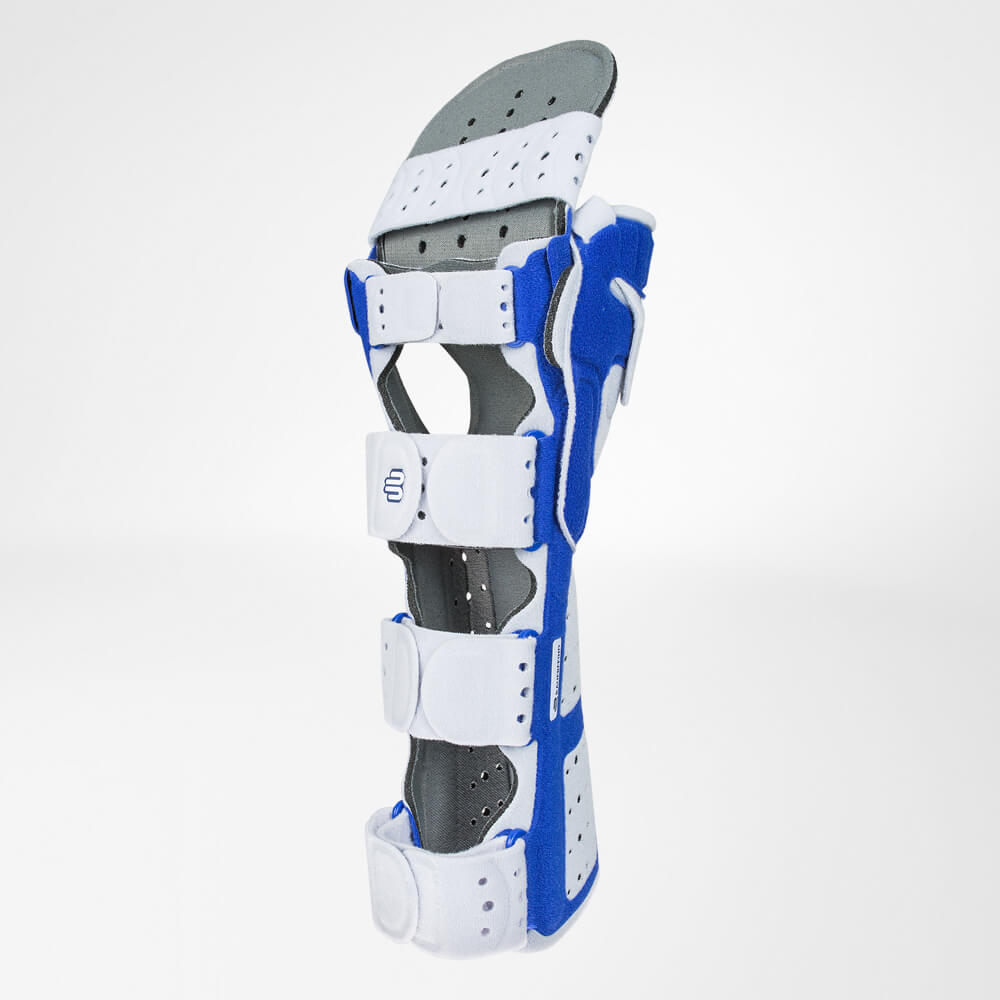Does the wrist hurt under pressure, is it swollen or restricted in mobility? Then it could be osteoarthritis in the wrist. In this degenerative disease, the thickness of the cartilage that ensures friction-free movement between the contact surfaces of the bones in the joint decreases and wears out over time. The earlier patients start treatment for wrist osteoarthritis, the better the chances of success for long-term pain relief and mobility.
What are the causes of osteoarthritis in the wrist?

There are various possible causes of osteoarthritis in the wrist. If there are no verifiable underlying causes, it is referred to as "primary arthrosis". The true root of the disease is still unknown; however, scientists suspect a hereditary disposition could be the trigger. Not all carriers of the gene manifest symptoms, however, age seems to play a pivotal role.
In "secondary arthrosis", it is easier to diagnose as it has a clear origin. Risk factors for developing secondary wrist osteoarthritis include:
- Accidents or physical trauma
- Badly healed fractures
- High-intensity physical activity, i.e. professions with high load on the wrists
- Pre-existing conditions such as rheumatism and gout disease.
What are the symptoms of osteoarthritis in the wrist?
Articular cartilage wears out gradually over time. In mild cases the first symptom of wrist osteoarthritis is a constant pain in the wrist. The pain stays even when no external pressure is applied to the joint. Those affected usually feel a dull pain or a burning sensation. Patients typically feel pronounced pain early in the mornings, because the wrist joint stiffens overnight and typically decreases with movement during the day.
In chronic cases with long term wear and tear of the joint, the cartilage in the wrist is severely compromised. The associated pain intensifies and the patient experiences severely restricted mobility and stiffness of the joint even when at rest.

In the worst-case scenario, the buffer between the bones may get worn out and result in bones rubbing against each other. This can result in significant swelling and redness of the surrounding skin. Complications, such as bone growths, in these areas are a likely possibility.
Immediate medical treatment is highly advised to limit the damage and progression of this degenerative (irreversible) disease.
If you start osteoarthritis therapy early, you can slow down the progressive course of osteoarthritis in the hand and delay an operation or avoid it altogether.
How is wrist osteoarthritis diagnosed?
An effective diagnosis begins with seeking professional medical advice. A specialist begins with a thorough patient history as well as a complete physical examination of the wrist.
An X-ray image follows to confirm the diagnosis "arthrosis wrist" , which can often be used to determine the wear and tear of the joint and the severity of the arthrosis. If no clear diagnosis can be made on the basis of the X-ray images, additional examinations such as computer or magnetic resonance imaging (CT/MRI) can be carried out. Depending on the determined cause, the doctor initiates the therapy.
What are the therapy options?
 Depending on the cause and the stage of the disease, a treatment plan is drawn up. As there is still no drug therapy to restore the cartilage the main goals of treating osteoarthritis of the hand are therefore pain relief, maintenance and improvement of mobility.
Depending on the cause and the stage of the disease, a treatment plan is drawn up. As there is still no drug therapy to restore the cartilage the main goals of treating osteoarthritis of the hand are therefore pain relief, maintenance and improvement of mobility.
Treatment for wrist osteoarthritis depends entirely on the progression of the disease. In cases of trauma and injury, it is highly recommended to immobilize the joint by using a wrist brace.
Providing ample support and stabilization to the joint can help control the damage done to the wrist and fasten the recovery process.
Occupational and physiotherapeutic measures are proven means of counteracting the symptoms. The focus of the treatment is:
- Manual therapy
- Physiotherapy exercises and functional training
- Heat applications such as ultrasound or paraffin bath as well as compresses and hand baths
Relieving wrist arthrosis with a brace
Wearing a wrist brace can significantly improve a patient’s quality of life. It helps to relieve the joint and enable pain-free movement.
The anatomically shaped ManuTrain® wrist brace, optimally supports, stabilizes and massages the wrist and can significantly reduce pain in the case of arthrosis.

The breathable compressive knit ensures a comfortable fit that stimulates circulation, while the integrated pads (pads) dissipate the pressure on nerves and vessels thus reducing pain. Since the ManuTrain wrist brace leaves your fingers free, it can be worn for most daily activities and thanks to the enclosed donning aid, it can be easily put on with one hand.
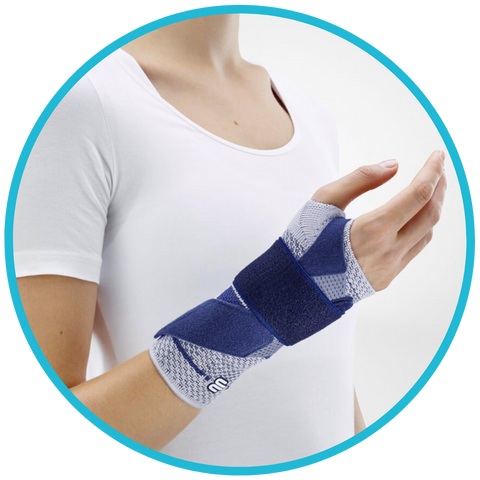
Learn More about the ManuTrain® wrist brace here!

